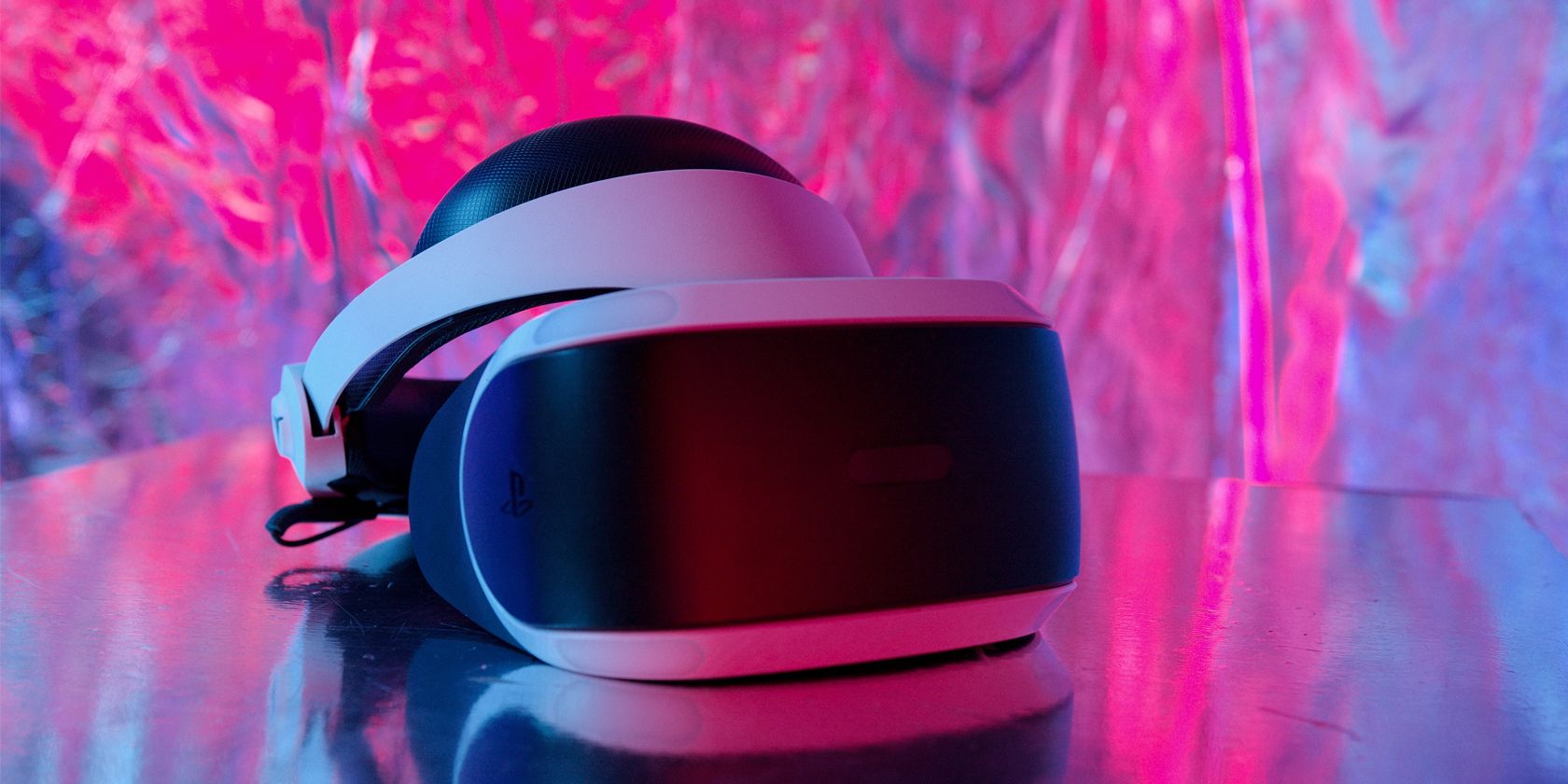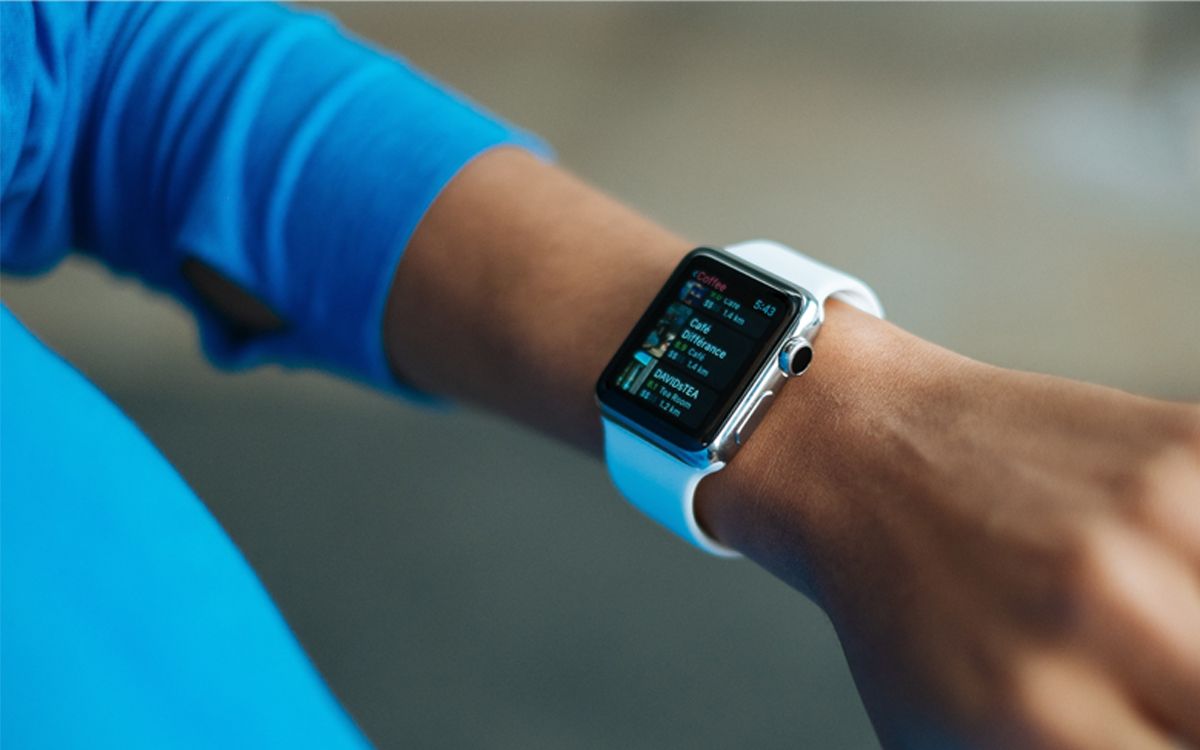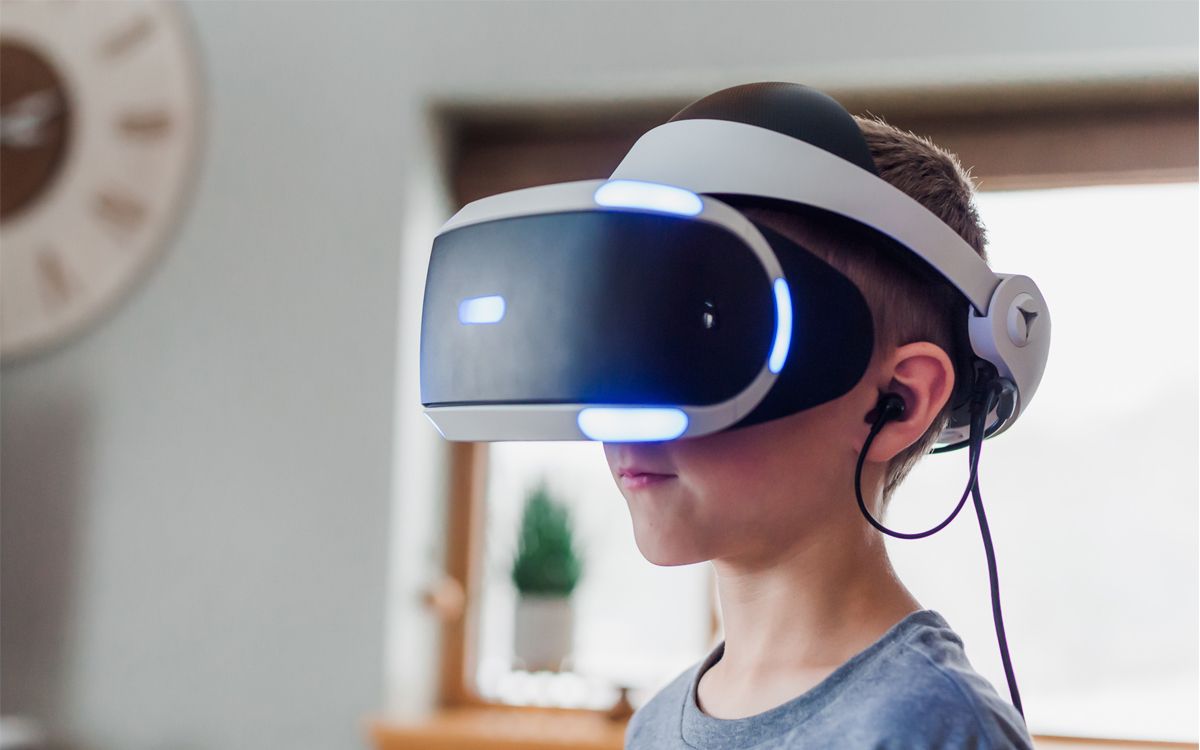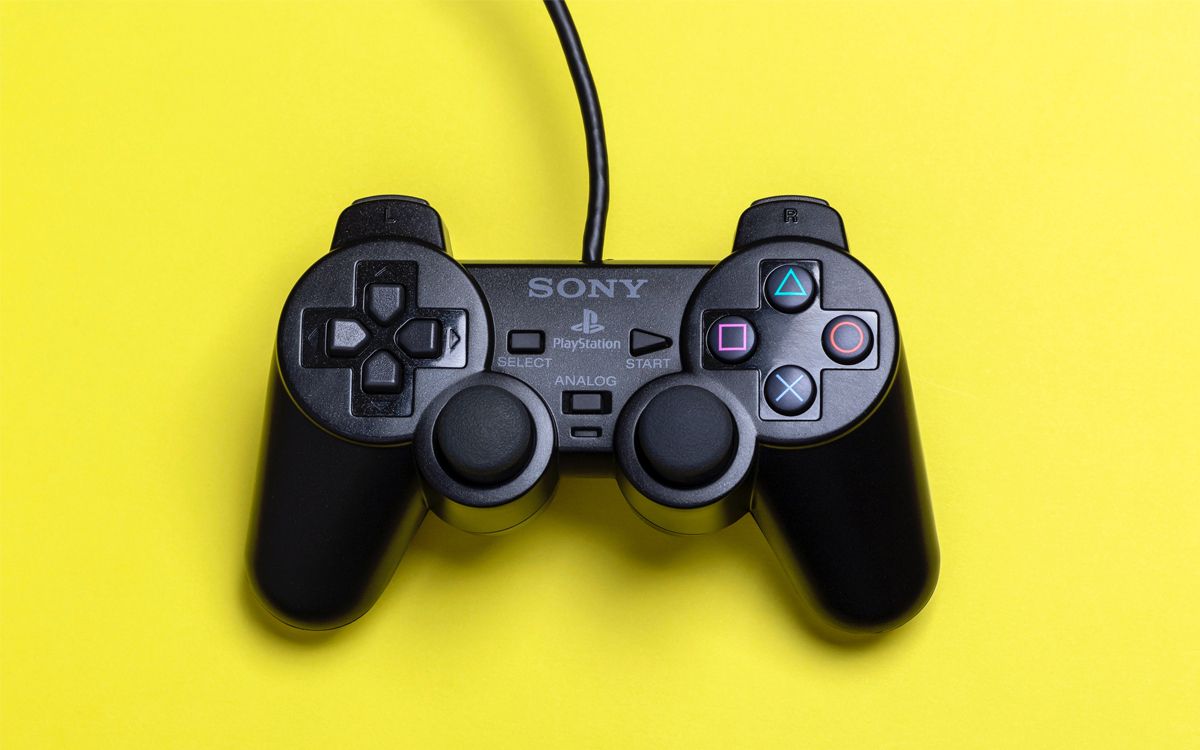
Managing any kind of disease or condition is an extremely challenging task. Depending on the severity and type, you may need multiple treatments. ADHD is one such condition that may require therapy, medication, or both. However, different types of technologies can make it easier to manage ADHD.
In today’s era of hyperconnectivity, it can seem counterintuitive to treat a condition like ADHD using technology. But there is software and hardware that can significantly alleviate the symptoms. Although, their effectiveness depends on how they are used.
What is ADHD?
Attention deficit hyperactivity disorder (ADHD) is often diagnosed in childhood and continues into adulthood. According to the CDC, nearly 6.1 million children in the US have ADHD. This condition can be very stressful and affect a person’s life.
ADHD involves a lack of focus, hyperactivity, restlessness, impulsivity, and much more. The symptoms vary from person to person. ADHD symptoms can hinder self-esteem, social relationships, and academic lives.
Standard treatments include a combination of long-term behavioral therapy and medication. While not designed for ADHD, the technologies below can be very helpful.
1. Meditation Apps and the Muse Headband
Meditation is one of many methods that can help manage the symptoms of ADHD. Mindfulness can train you to concentrate and create impulsiveness. A study published in the National Library of Medicine found that mindfulness improved emotional regulation in ADHD patients.
Meditation apps are a great way to get started. Some of them are:
Atom: Atom is a free meditation app for beginners. If you’re new to meditation, Atom can help you build a habit in 21 days. It has a habit tracking system, daily sessions, quizzes, rewards and more to keep you motivated.
Calm: Calm is one of the best meditation apps with many features. It focuses on improving mental health and mindfulness. The sessions help you with sleep, anxiety, focus and stress. The app also has a specific section for kids.
If you want to track stats like brain wave, heart rate and breathing, the Muse headband is a great addition. It is a meditation device that detects when you lose focus and provides real-time audio feedback.
2. Gamified Habit Tracker Apps
If you have ADHD, it’s easy to lose track of time. A lack of attention span and the inability to complete a task can drastically affect productivity. That’s why it’s so important to keep track of your daily tasks and schedules.
Gamified habit trackers are a great way to stay on track. Unlike basic trackers, they motivate and remind you with virtual rewards. Some apps you can try are:
Habitat: Habitica offers a personal and creative approach to time management. Unlike a simple to-do list, it adds several layers of gamification to everyday tasks. Completing tasks will give you XP and unlock quests and features for your character. If you don’t complete a task, such as a game, each player will suffer some loss. That helps you stay accountable.
Level living: This is another fun RPG style habit tracker. If you are a fan of RPG games, Level Up Life is the habit tracker for you. Completing daily tasks gives you XP and helps you improve your digital avatar. You can assign a task to any of the 13 subcategories. Plus, the option to improve your score and compete with other players is an added advantage.
3. Smartwatches
If you go out often, a smartwatch can be a powerful guide. People with ADHD can have trouble with focused attention and be easily distracted. At school or at work, this can be a challenge.
Another factor to consider, especially among adults, is smartphone overuse. This behavior is the opposite of inactivity. Due to the hyperactive tendencies, the urge to constantly use social media or other applications can be very distracting. In either scenario, a smartwatch can help you stay focused.
A smartwatch like the Apple Watch may not be the most suitable option for kids. However, watches like the WatchMinder are a great option to help beat a low attention span. These are simple vibrating smartwatches that send you private memories all day long. You can customize any reminder on the watch. Because of their non-distracting nature, they are a great option for children.
On the other hand, any of the popular smartwatches is a good option for adults. While a smartphone can fulfill the same purpose, a smartwatch can help you limit smartphone usage.
Plus, you can even manage your habit tracking apps without using your phone through a smartwatch. That can build consistent routines and help you become more aware of your to-do lists. The goal is to spend as much time away from your phone as possible.
4. Virtual Reality Therapy
Virtual reality is gradually becoming a mainstream source of media consumption. While it is mostly used for gaming and entertainment, its healthcare applications are noteworthy. Researchers at the UC Davis Mind Institute are actively conducting trials on how virtual reality can help treat ADHD.
VR therapy can be especially beneficial for children. The proposed treatment is similar to virtual reality exposure therapy (VRET). It exposes the child to a realistic environment, such as a classroom. Then, distracting stimuli are introduced into the scene. Real-time monitoring teaches the child to ignore such stimuli and work towards a longer attention span.
Another area where VR can help with ADHD is VR meditation. This is already commercially available. If you have trouble concentrating alone or using regular audio, VR can be a great alternative.
VR meditation can take you to hyper-realistic scenes like beaches, forests or waterfalls without leaving your room. In addition, several VR meditation games, such as Flowbourne and Playne, can make meditation more enjoyable.
5. Play Therapy
Video games can become addictive, especially at a young age, but they also have many useful aspects.
Researchers are now testing methods to use video games therapeutically. Games help children and adults to focus on one task for extended periods of time. Aside from entertainment, gaming involves rapid decision-making, micromanagement, and problem solving. These factors are essential for the treatment of ADHD using video games.
Because games help maintain attention, they can be a learning tool for children. EndeavorRx is the first FDA-approved video game for children with ADHD. Yes, you need a doctor’s prescription to buy this game. The game focuses on areas of the brain responsible for attention and focus in children.
Is it safe to manage ADHD through technology?
Technology gets better every day. Most social media sites use algorithms to make you scroll. And the endless list of features on smartphones and applications can make it even harder to limit use, especially if you have ADHD.
Therefore, choosing the right kind of technology is the best way to take advantage of it. If you or your child has a smartphone addiction, investing in a smartwatch may be ideal. Likewise, incorporating a mindfulness routine will benefit all age groups with ADHD. These methods are not medical substitutes, but great complementary resources.






0 Comments